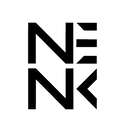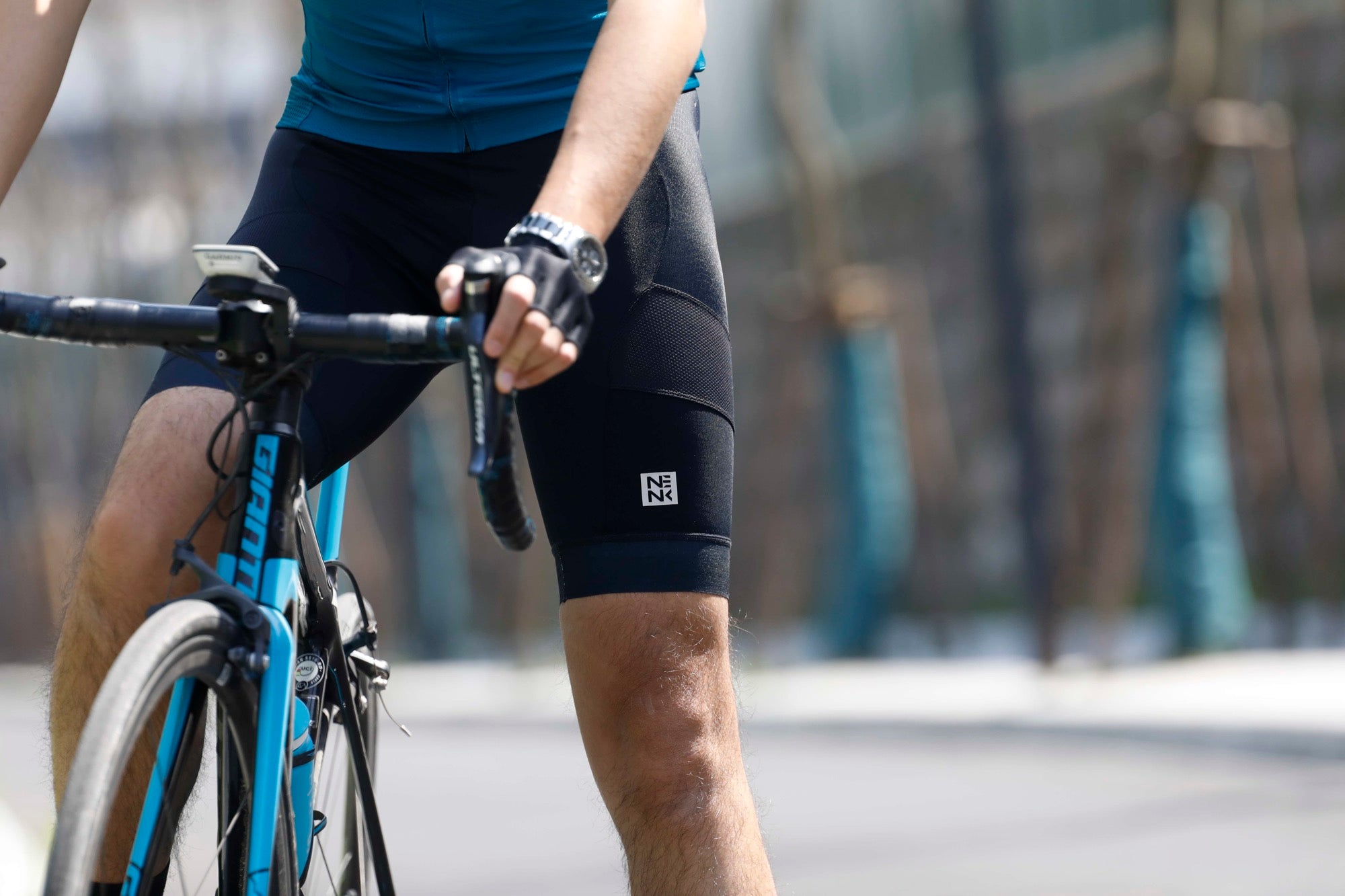WHAT'S THE BEST WAY TO PREVENT SADDLE SORES?

To add to the gel-versus-foam chamois conundrum is a myriad of construction fabrics, with a view to reducing the risk of saddle sores (of the infected hair follicle type). But try not to get too bogged down with this as most shorts' chamois now offer some kind of antibacterial properties, breathability, sweat wicking and quick drying capabilities.
To be honest, the best prevention of saddle sores is self help and chamois care by always wearing fresh shorts, using an antibacterial chamois cream, limiting chamois time when not on the bike and hopping into the shower asap post ride and of course knowing what's in your Chamois and how to look after it will help.
Areas of soft tissue need protection. This is often in the form of extra soft padding to help alleviate pressure points and the all-important avoidance of stitching in these regions. The design also needs to appreciate that women’s sit bones are wider apart than men's and position the thickest padding accordingly.
This attention to padding placement will also help you decide your overall chamois size requirement – bigger is not always better. Bear in mind that when on a bike your legs aren’t any wider than hip distance apart at the top, so too much padding overspill can create an un-natural leg position. While too much length at the rear may just be unsightly, too much at the front will potentially cause friction burns to the top of legs and groin when you start pedalling.


